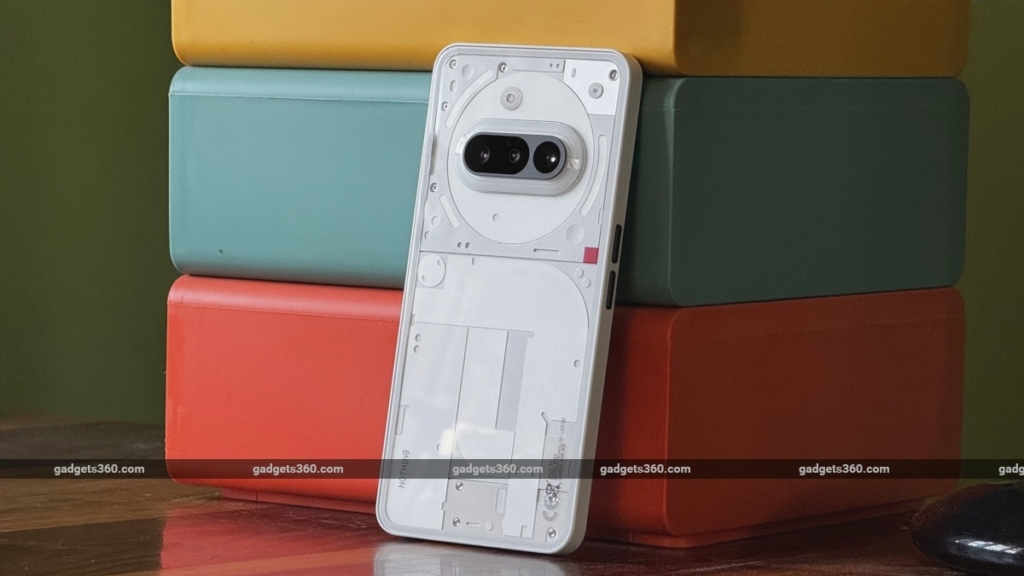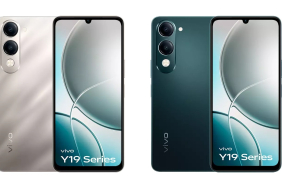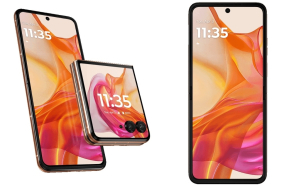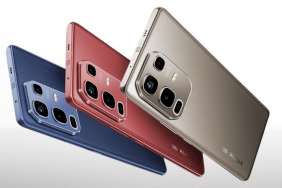Carl Pei and his technology company, Nothing, have garnered attention for generating buzz, often accompanied by controversy. Recently, the excitement surrounding Nothing’s new mid-range devices, the Phone 3a and Phone 3a Pro, was tempered by complaints from users regarding the decision to incorporate slower UFS 2.2 storage. In response, CEO Carl Pei suggested that users should “stop complaining,” but this remark did little to quell the backlash from online critics. Now, the company has provided a comprehensive explanation for its storage choice.
In a detailed post on its community forums, an executive from Nothing elaborated on the decision and presented comparative testing to argue that the performance gap between UFS 2.2 and UFS 3.1 storage is minimal when software is optimized to meet user needs.
The forum post emphasized that “No device can have the absolute best of everything without increasing costs significantly.” Nevertheless, the company clarified that the adoption of UFS 2.2 storage was not merely a cost-cutting measure but rather a strategic allocation of resources to areas deemed most important.
Nothing explained that while storage speed is a contributing factor to overall performance, a smartphone’s effective performance is influenced by a combination of storage, RAM, CPU, and software optimization.
The company asserted that for many common tasks such as messaging, web browsing, and social media, users are unlikely to notice a difference between devices equipped with UFS 2.2 and those using UFS 3.1. The primary scenario where UFS 3.1 shows a significant advantage is during file transfers, particularly when downloading large applications. However, Nothing noted that such file transfers do not constitute everyday tasks for most users.
Additionally, Nothing provided insights into the read/write speeds of both storage types, arguing that the differences between UFS 2.2 and UFS 3.1 are negligible. The brand highlighted that the Phone 3a employs adaptive NTFS optimization to enhance file processing efficiency. It also discussed app loading times, asserting that its Smart Clean technology ensures unnecessary files are efficiently managed, resulting in quicker access to applications.
The issue of futureproofing was also addressed. Nothing claimed that a device’s longevity is primarily determined by software updates and optimizations. The company went so far as to assure users that the Phone 3a series would “continue to perform reliably for years,” noting that modern software is designed to adapt to various hardware configurations.
In our assessment of the Nothing Phone 3a, we found no significant challenges relating to software performance or app usage. The only issue we noted was with the speed of the camera app’s image processing, similar to a performance hiccup experienced with the Realme P3 Pro, which also features slow eMMC 5.1 storage paired with the same processor.





